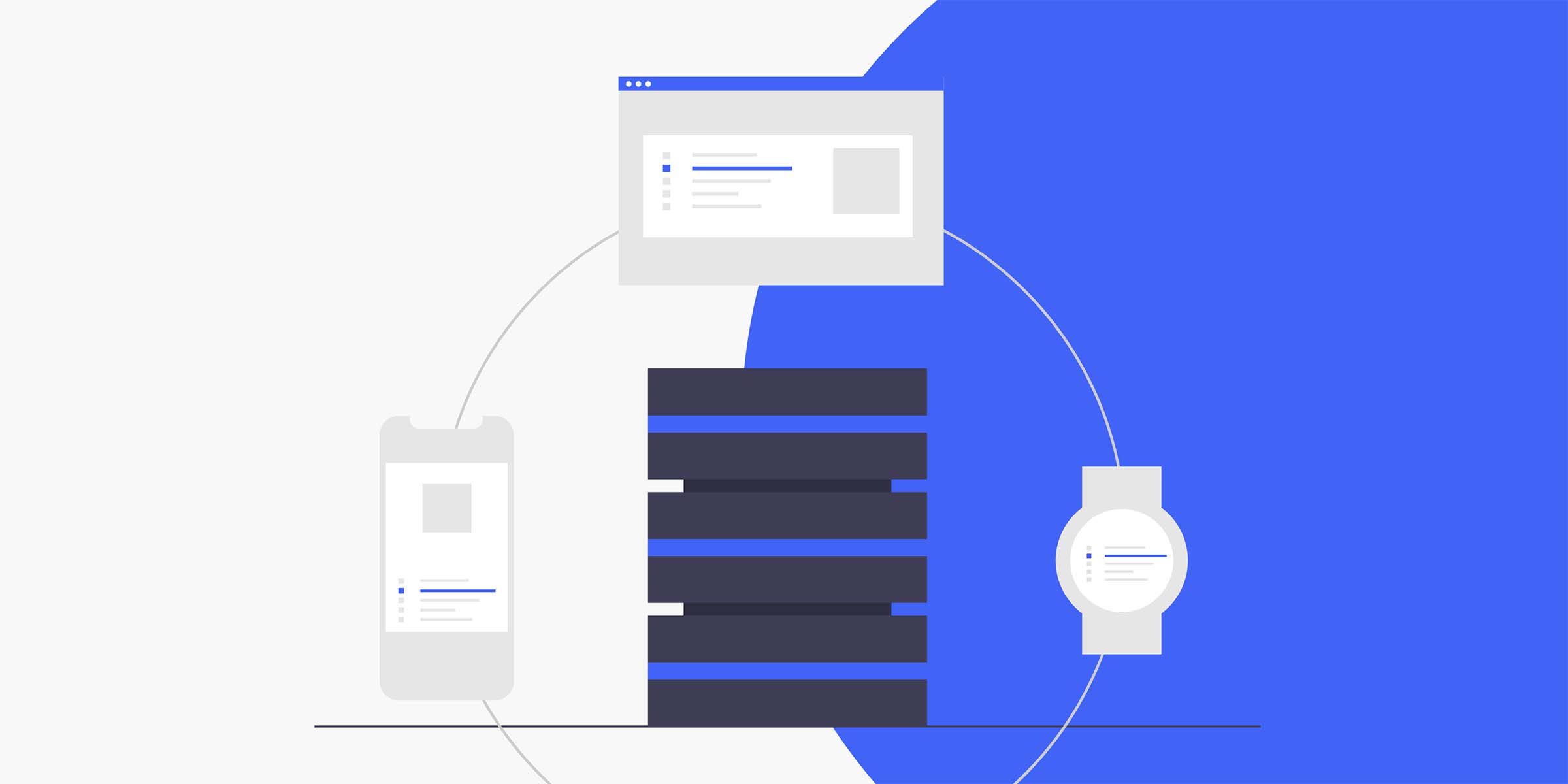Residential Proxies
Allowlisted 200M+ IPs from real ISP. Managed/obtained proxies via dashboard.

Proxies
Residential Proxies
Allowlisted 200M+ IPs from real ISP. Managed/obtained proxies via dashboard.
Residential (Socks5) Proxies
Over 200 million real IPs in 190+ locations,
Unlimited Residential Proxies
Use stable, fast, and furious 700K+ datacenter IPs worldwide.
Static Residential proxies
Long-lasting dedicated proxy, non-rotating residential proxy
Dedicated Datacenter Proxies
Use stable, fast, and furious 700K+ datacenter IPs worldwide.

Web Unblocker
View content as a real user with the help of ABC proxy's dynamic fingerprinting technology.
Proxies
API
Proxy list is generated through an API link and applied to compatible programs after whitelist IP authorization
User+Pass Auth
Create credential freely and use rotating proxies on any device or software without allowlisting IP
Proxy Manager
Manage all proxies using APM interface

Proxies
Residential Proxies
Allowlisted 200M+ IPs from real ISP. Managed/obtained proxies via dashboard.
Starts from
$0.77/ GB
Residential (Socks5) Proxies
Over 200 million real IPs in 190+ locations,
Starts from
$0.045/ IP
Unlimited Residential Proxies
Use stable, fast, and furious 700K+ datacenter IPs worldwide.
Starts from
$79/ Day
Rotating ISP Proxies
ABCProxy's Rotating ISP Proxies guarantee long session time.
Starts from
$0.77/ GB
Static Residential proxies
Long-lasting dedicated proxy, non-rotating residential proxy
Starts from
$5/MONTH
Dedicated Datacenter Proxies
Use stable, fast, and furious 700K+ datacenter IPs worldwide.
Starts from
$4.5/MONTH
Knowledge Base
English
繁體中文
Русский
Indonesia
Português
Español
بالعربية

Data Pipeline Architecture Explained
In today's data-driven world, businesses are constantly seeking ways to efficiently collect, process, and analyze vast amounts of data to gain valuable insights. This is where data pipeline architecture plays a crucial role. In this comprehensive guide, we will delve into the intricacies of data pipeline architecture, its components, benefits, and best practices to help you understand and implement an effective data pipeline for your organization.
Data pipeline architecture refers to the framework or structure designed to extract, transform, and load (ETL) data from various sources to a destination for analysis or storage. It involves a series of processes that ensure seamless data flow, data quality, and data reliability throughout the pipeline. The architecture typically consists of several key components:
### Data Sources
Data sources can vary from databases, applications, IoT devices, social media platforms, and more. Each source provides raw data that needs to be extracted and processed to derive meaningful insights.
### Data Ingestion
Data ingestion involves collecting data from diverse sources and transferring it to a centralized location for further processing. It is essential to use efficient ingestion techniques to ensure data accuracy and consistency.
### Data Storage
Data storage is where the ingested data is stored for future use. This can be in the form of data lakes, data warehouses, or cloud storage solutions, depending on the organization's requirements.
### Data Processing
Data processing includes cleaning, transforming, and enriching the data to make it suitable for analysis. This step ensures that the data is accurate, relevant, and consistent before being used for decision-making.
### Data Analysis
Data analysis involves applying various algorithms and analytics tools to derive insights, trends, and patterns from the processed data. This step is crucial for making informed business decisions.
### Data Visualization
Data visualization is the final step where the analyzed data is presented in visually appealing dashboards, reports, or charts for easy interpretation by stakeholders.
Implementing a robust data pipeline architecture offers numerous benefits to organizations:
### Improved Data Quality
By automating data processing steps and ensuring data consistency, data pipeline architecture enhances the overall quality of the data, leading to more reliable insights.
### Increased Efficiency
Automating data workflows and streamlining data processing tasks result in higher efficiency, reduced manual errors, and faster decision-making processes.
### Scalability
A well-designed data pipeline architecture can easily scale to accommodate growing data volumes and complexity, ensuring that the system remains agile and adaptable.
### Cost-Effectiveness
Efficient data pipelines help reduce operational costs by optimizing resource utilization, minimizing downtime, and enhancing productivity.
### Enhanced Data Security
Data pipeline architecture includes security measures to protect sensitive data, ensuring compliance with regulations and safeguarding against cyber threats.
To ensure the success of your data pipeline architecture, consider the following best practices:
### Define Clear Objectives
Clearly define the purpose and objectives of your data pipeline architecture to align it with your business goals and requirements.
### Choose the Right Tools
Select the appropriate tools and technologies based on your data processing needs, scalability requirements, and budget constraints.
### Monitor Performance
Regularly monitor and analyze the performance of your data pipeline to identify bottlenecks, optimize workflows, and improve efficiency.
### Ensure Data Quality
Implement data quality checks at each stage of the pipeline to maintain data integrity, accuracy, and consistency throughout the process.
### Implement Data Governance
Establish data governance policies and procedures to ensure data privacy, security, and regulatory compliance across the pipeline.
Data pipeline architecture is the backbone of modern data management systems, enabling organizations to extract maximum value from their data assets. By understanding the key components, benefits, and best practices of data pipeline architecture, businesses can establish a robust framework for collecting, processing, and analyzing data efficiently. Embracing data pipeline architecture not only enhances decision-making capabilities but also drives innovation and competitiveness in today's data-driven landscape.
Featured Posts
Popular Products
Residential Proxies
Allowlisted 200M+ IPs from real ISP. Managed/obtained proxies via dashboard.
Residential (Socks5) Proxies
Over 200 million real IPs in 190+ locations,
Unlimited Residential Proxies
Use stable, fast, and furious 700K+ datacenter IPs worldwide.
Rotating ISP Proxies
ABCProxy's Rotating ISP Proxies guarantee long session time.
Residential (Socks5) Proxies
Long-lasting dedicated proxy, non-rotating residential proxy
Dedicated Datacenter Proxies
Use stable, fast, and furious 700K+ datacenter IPs worldwide.
Web Unblocker
View content as a real user with the help of ABC proxy's dynamic fingerprinting technology.
Related articles

How to choose an efficient data collection library
Analyze the technical characteristics and applicable scenarios of mainstream data collection libraries, explore how proxy IP can optimize the collection process, and interpret abcproxy's technical adaptation solutions in multiple scenarios.